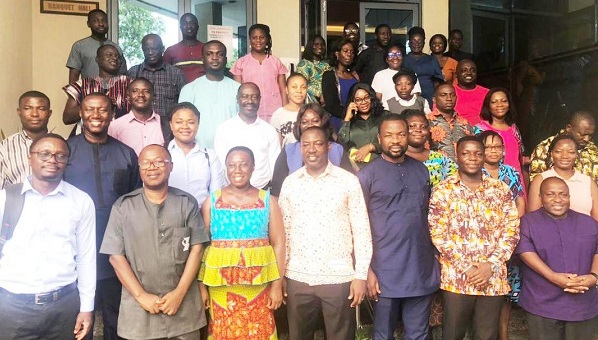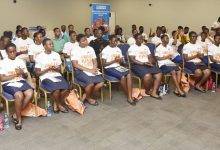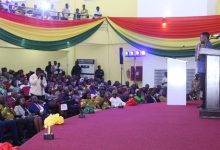
About 44 Health Care Facilities (HCFs) across six districts in the Oti and Upper East regions do not have improved water source accessible on their premises, a report conducted by World Vision Ghana (WVG) has revealed.
The districts are Kassena Nankana West, Kassena Nankana East, Builsa South, Krachi East, Krachi West and Nkwanta South.
The report, conducted in collaboration with the Ghana Health Service and Merck Global Institute, was carried out in May-June 2022 on its Water, Sanitation and Hygiene (WASH) project in 197 HCFs and some 32 communities in the six districts.
The report, which was carried out within the context of schistosomiasis control and elimination programme, aimed to develop an implementation plan to address WASH gaps identified in all Health Care Facilities.
The Planning, Monitoring and Evaluation Coordinator, WASH, WVG, Ms Suglo-Konbo Ibrahim, at a workshop in Accra on Tuesday, said the report indicated that about 35 HCFs in the six districts had improved water supply accessible on their premises and was within the facilities while 188 of them had improved water supply accessible on their premises but outside the buildings.
“So from the chart, you could deduce that Krachi East was the district with the highest number of HCFs of 36.4 per cent and had water piped into the facility but it was the lowest in Builsa South with 4.2 per cent,” she added.
She said on water quality, the report indicated that about 26 per cent of water in HCFs sampled had E.coli presence while 11 per cent of water points ranked as medium risk of possible contamination with 30 per cent medium risk in Kassena Nankana East.
“This signifies the risks water sources in those districts were exposed to and the possibility of water sources getting contaminated,” she added.
Ms Ibrahim said the report revealed that 47.7 per cent of HCFs did not have sufficient number of improved toilet facilities, indicating that neither inpatient nor outpatients had sufficient number of toilets, and existing toilets were not improved.
Adding, “Requirement is met for outpatients or inpatients, but not both. Two or more improved toilets for outpatients plus one per 20 users/inpatients.”
The Technical Programmes Manager for WASH, WVG, Mr Robson L. Wamisho, said universal access to basic WASH facilities in households and HCFs remained a challenge across the country, hence increasing access to WASH services was key to addressing schistosomiasis infections and management in endemic areas.
“The prevalence of diseases like schistosomiasis is further enabled by the challenges with WASH in communities and HCFs. There are also challenges with up to date data on WASH in HCFs,” he added.
Mr Wamisho, therefore, called for an integrated approach to tackle the issues of WASH, schistosomiasis and other WASH-related diseases in the country.
Mr Joshua Baidoo, Integrated Programmes Director, WVG, indicated that the project contributed to one of WVG’s strategic objectives in the area of Water, Sanitation and Hygiene and health and nutrition.
He expressed optimism that the report would strengthen the working relationship between stakeholders in the Health and WASH sector to ensure that they contribute their quota to support government’s agenda
BY VIVIAN ARTHUR







